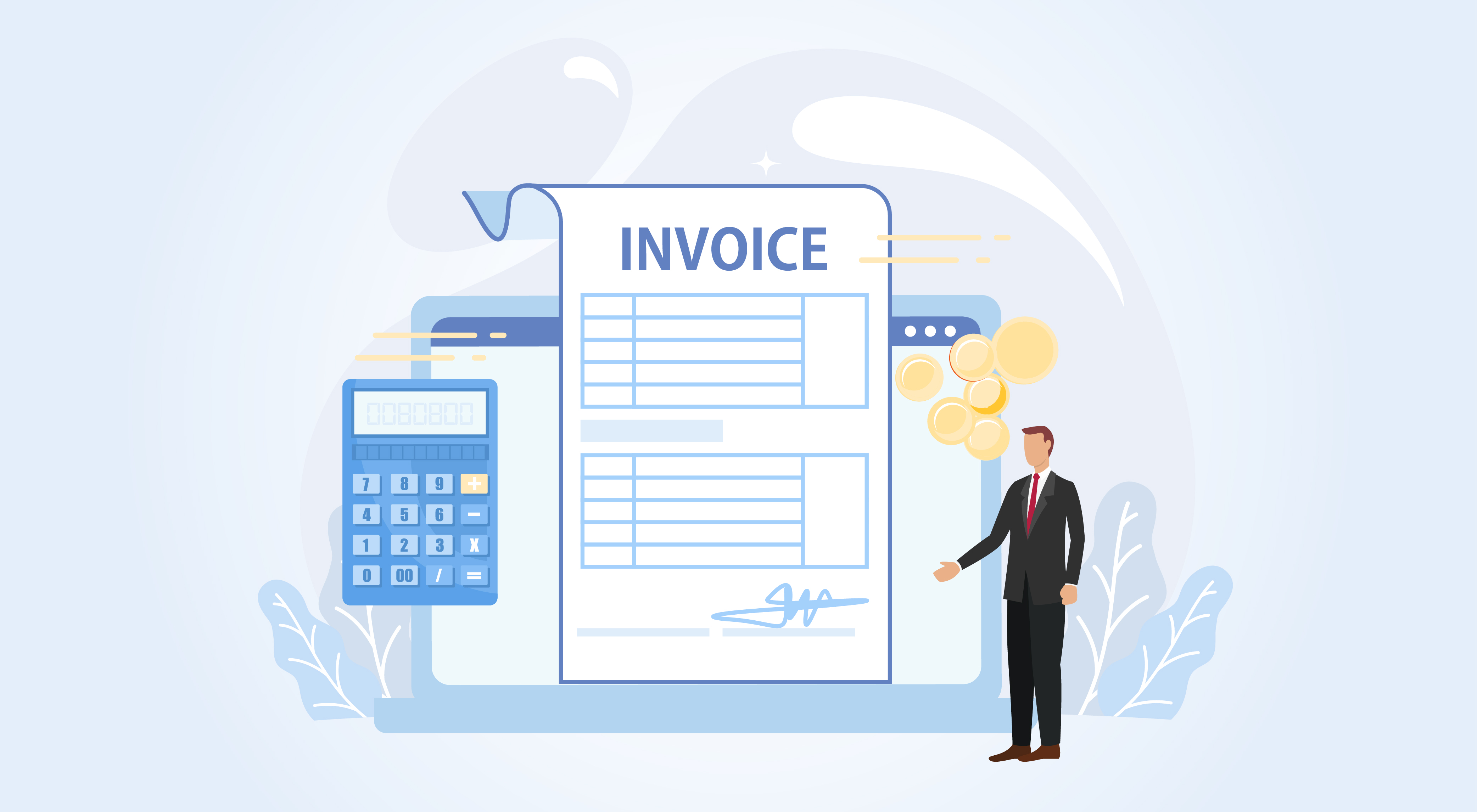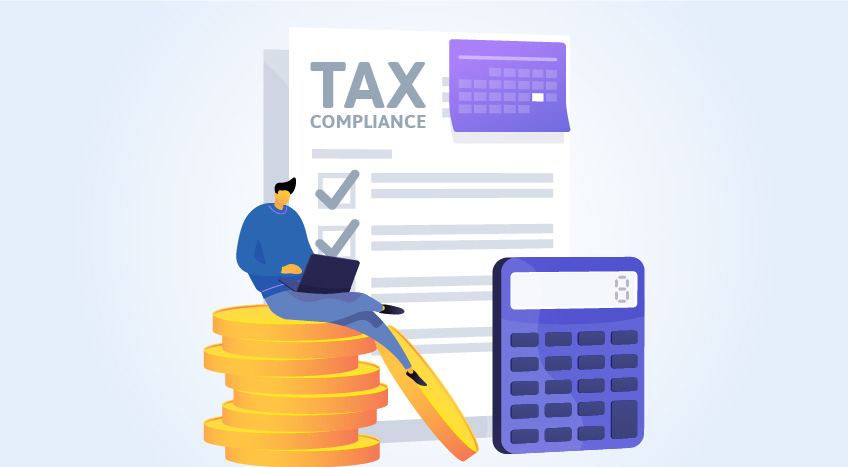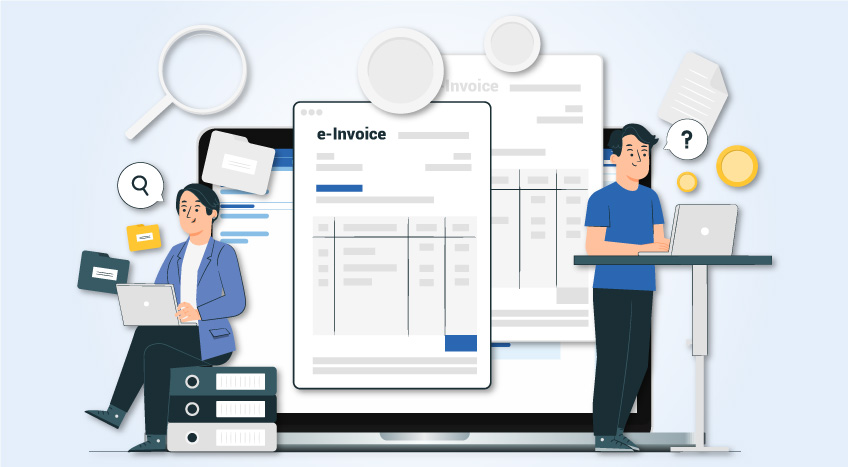E-invoicing has become an important part of the UAE’s vision for a digital-first economy. Under the new system, businesses are expected to generate and exchange invoices in a structured electronic format that not only supports efficiency but also ensures strict compliance with VAT regulations. While the actual fields and data required on an invoice have not changed, the way these details are recorded and shared is now more standardised and secure.
Through the Peppol network and the PINT AE specification, the UAE has introduced a globally recognised framework for issuing, transmitting, and validating invoices. This change brings greater transparency, interoperability, and reliability to financial transactions, strengthening both compliance and trust across the business environment.
As businesses adapt to this shift, it is important to understand the structure of an e-Invoice, the fields it must contain, and how the new format works.
How does e-invoicing work in the UAE?
The UAE Ministry of Finance has launched the e-invoicing system to make invoicing more transparent, reliable, and fully compliant with VAT rules. This new system works through Accredited Service Providers (ASPs). They act as trusted middlemen who help send, receive, and validate invoices between buyers, sellers, and the tax authority. This ensures that every invoice is accurate, secure, and reported in real time.
To achieve this, the UAE has introduced two important standards:
- The UAE Data Dictionary, which lists the exact details that every e-Invoice must contain.
- The PINT AE specification, a global standard (based on the Peppol network) that defines the format for creating and exchanging invoices.
These standards, when combined, make sure that invoices are machine-readable and can be exchanged easily both within the UAE and internationally.
Format of an e-invoice in the UAE
The UAE Standard e-Invoice is designed in XML format and built on the PINT AE Data Dictionary, which defines every section, field, and rule. It is divided into several main sections, each with specific information:
1. Invoice header
The header provides general details that identify the invoice:
- IBT-001 (Invoice Number): a unique sequential identifier.
- IBT-002 (Invoice Issue Date): issued in YYYY-MM-DD format.
- IBT-003 (Invoice Type Code): defines whether the document is a tax invoice, credit note, or debit note.
- IBT-005 (Currency Code): follows ISO 4217 standards (e.g., AED, USD).
2. Seller and buyer details
This section confirms the identities of both parties:
- IBT-027 (Seller Name) and IBT-044 (Buyer Name)
- IBT-031 / IBT-048 (TRNs): Tax Registration Numbers for VAT compliance
- IBT-034 / IBT-049 (Electronic Addresses): endpoints for invoice delivery
- IBG-05 / IBG-08 (Postal Address Groups): includes Emirates codes like DXB or AUH
3. Line items
Each product or service supplied is recorded as a separate line:
- IBT-153 / IBT-154 – item name and description
- IBT-129 / IBT-146 – invoiced quantity and net unit price
- IBT-151 / IBT-152 – tax category and applicable VAT rate
- IBT-158 (HSN Code) for goods and BTUAE-17 (SAC Code) for services
4. Tax breakdown
VAT details are listed to show how tax is applied:
- IBT-116 (Taxable Amount) – value before VAT
- IBT-117 (Tax Amount) – VAT charged
- IBT-118 (Tax Category Code) – standard, zero-rated, exempt, or reverse charge
- IBT-119 (Tax Rate) – specifies the VAT percentage applicable to the item or service.
5. Totals and payment details
The summary of all calculations and payment instructions:
- IBT-109 – total without VAT
- IBT-110 – total VAT amount
- IBT-112 – grand total including VAT
- IBT-115 – final payable amount
- IBT-081 (Payment Means Code) – e.g., bank transfer or card
Types of fields in the UAE e-invoice
Not every piece of information on an e-invoice carries the same weight. Some details are non-negotiable, others depend on the nature of the transaction, and a few can be added for extra clarity. The UAE e-Invoicing system, guided by the PINT AE Data Dictionary, classifies fields into three categories to ensure accuracy while allowing flexibility.
1. Mandatory fields
These are the important details without which an invoice cannot exist. If any mandatory field is missing, the invoice will fail validation and cannot be exchanged.
For example:
- Invoice number (IBT-001)
- Invoice issue date (IBT-002)
- Seller and buyer TRNs (IBT-031 / IBT-048)
- Taxable amount (IBT-116)
- VAT amount (IBT-117)
- Total amount including VAT (IBT-112)
These fields add useful context for business records. Hence, they must be included and confirmed for accuracy.
2. Optional fields
Optional fields are not essential for compliance, but they can make the invoice more informative by providing extra context or business details. Their inclusion often makes record-keeping and reporting more transparent.
For example:
- Actual delivery date (IBT-072)
- Item attributes, such as product characteristics (IBG-32)
- Country of origin for goods (IBT-159)
Adding these details can be useful for buyers, auditors, or international transactions where extra documentation strengthens credibility.
3. Conditional fields
Conditional fields are required only in specific scenarios. They remain optional by default but become compulsory when certain conditions apply. For example:
- Exchange rate (BTUAE-04): when the invoice currency is not AED
- Service Accounting Code (BTUAE-17): when invoicing for services
- Seller registration identifier type (BTUAE-15): when a legal registration ID is included
- Tax total in accounting currency (IBT-111): when multi-currency accounting is used
These fields ensure that exceptional business cases, such as cross-border sales, service-based invoicing, or multi-currency transactions, are handled correctly without compromising compliance.
How to structure and submit an e-Invoice correctly
Issuing an e-Invoice in the UAE is not just about filling in fields; it also means following the technical rules defined under the PINT AE standard. These rules make sure the invoice can be read, validated, and exchanged across different systems without error.
1. Generate invoices in XML
All e-invoices must be issued in XML format, which allows automated systems to process information accurately. Unlike a PDF or Word document, XML is machine-readable, meaning every field can be validated. Businesses can still keep a PDF version for their records, but only the XML file is considered valid for submission.
2. Follow the prescribed schema
The UAE has defined a schema that acts as a blueprint for e-Invoices. It sets out the sequence in which fields appear and how they must be structured. The schema covers all sections of the invoice, such as the header, details of the seller and buyer, line items, tax information, totals, and payment terms. It also requires certain system identifiers, like CustomisationID and SpecificationID (IBT-024), which prove that the invoice follows the PINT AE rules. The SpecificationID must always begin with urn:peppol:pint:billing-1@ae-1, and if any of these required elements are missing or placed incorrectly, the invoice will be rejected during validation.
3. Use standard codes and formats
Every value in an invoice must follow international standards so that it is universally understood. For example:
- Currencies such as AED or USD must follow the ISO 4217 code list.
- Countries like the UAE or Saudi Arabia must be written as AE or SA, based on ISO 3166-1 Alpha-2.
- Units of measure such as pieces or litres must follow UNECE Recommendation 20.
- Dates should always be written in the YYYY-MM-DD
- Amounts must be plain numbers with decimals (e.g., 50.00) and never include symbols or text.
- For classification, goods use HSN codes and services use SAC codes.
4. Apply field logic
Each field in the PINT AE schema follows a “cardinality rule,” which defines how often it should appear in an invoice. For example:
- .1 – the field must appear once.
- .1 – the field is optional and, if included, can appear only once.
- .n – the field is optional but can be repeated multiple times, such as when listing several items or tax categories.
How are e-invoices checked and approved in the UAE?
Once an e-invoice is created in the approved XML format, it must go through a standard flow before it reaches the buyer and is officially recognised by the tax system. The UAE has adopted a Decentralised Continuous Transaction Controls and Exchange (DCTCE) model, which ensures invoices are validated and reported in near real time.
Here’s how the process works:
- Invoice generation: The supplier creates the e-Invoice using the PINT AE schema, making sure all mandatory fields and coding rules are followed.
- Validation by service providers: Instead of sending invoices directly to the tax authority, businesses submit them through an Accredited Service Provider (ASP). The ASP checks the file against the UAE Data Dictionary to confirm that the structure, fields, and values are correct.
- Secure delivery to the buyer: After passing validation, the invoice is sent electronically to the buyer through the Peppol network. Because both parties use a standard format, the buyer’s system can process the invoice automatically without manual entry.
- Reporting to the Federal Tax Authority: At the same time, the validated invoice is reported to the Federal Tax Authority’s Control Data Platform (CDP). This allows the authority to monitor transactions in real time, strengthening tax compliance and reducing errors or fraud.
- Response notification: Once the invoice is processed, the system issues a Message Level Status (MLS) response. This message confirms whether the invoice has been accepted or highlights any errors that need fixing before it can be resubmitted.
The UAE’s adoption of the PINT AE specification and XML-based e-Invoicing format ensures that every invoice is accurate, VAT-compliant, and seamlessly exchanged through the Peppol network. Dividing invoices into structured sections and applying clear rules for mandatory, optional, and conditional fields strengthens compliance and reduces errors.
For businesses, this is more than a legal obligation; it is a chance to streamline operations, enhance transparency, and build trust in every transaction. Preparing early and aligning with the PINT AE standard will help companies stay compliant while gaining the full benefits of digital invoicing.









